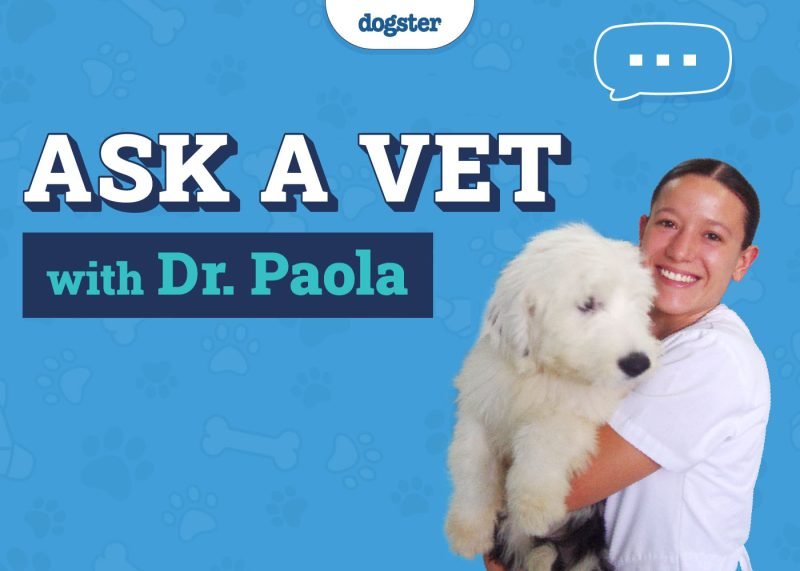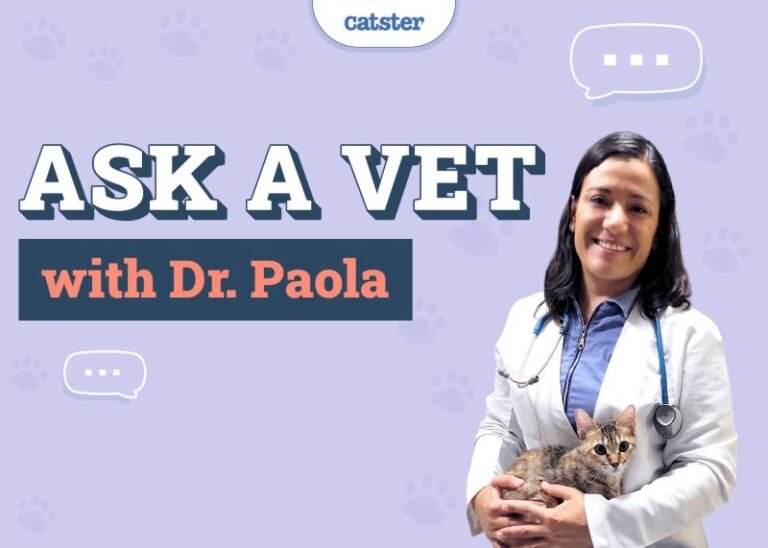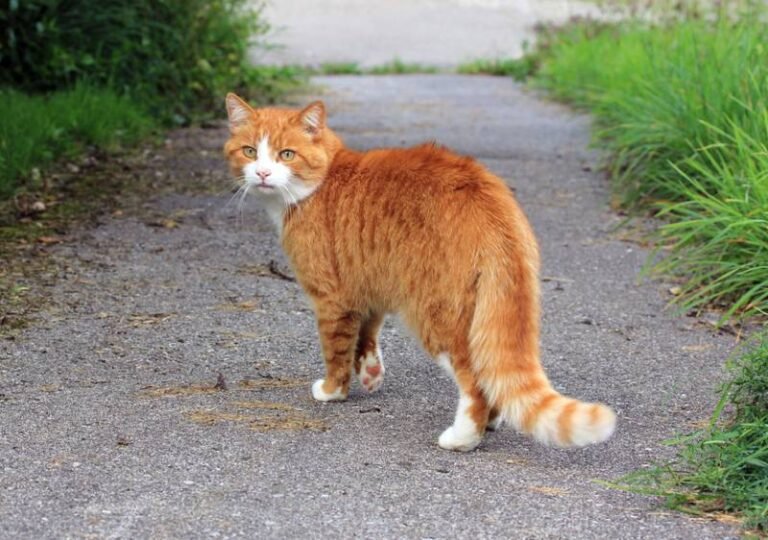

Welcome to our “Ask Dr. Paola” series, where every Monday we bring expert advice straight from Dr. Paola Cuevas (MVZ) to help our readers better understand their dog’s health and well-being.
Whether you’re a new pet parent or a seasoned dog lover, Dr. Paola is here to provide answers to your most pressing questions. From nutrition tips and preventive care to troubleshooting common behavioral issues, Dr. Paola is ready to offer insights that will keep your furry friend happy and healthy. Stay tuned for expert guidance on a range of topics that matter most to you and your dog, so you can make informed decisions and provide the best possible care for your canine companion. Have a question? Send it in here!

Help! My Dog Won’t Walk!
“Dear Dr. Paola,
Sometimes when we’re walking, my dog Billie turns into a statue and won’t move. At cafés, she insists on standing in the walkways and panting. I’m worried someone’s going to run her over! She’s 8 pounds and 8 years old. Is she okay, and is there anything I should do? ” – Myrna
Hi Myrna,
When a dog freezes during a walk, it often signals that something in the environment feels off or overwhelming. Dogs commonly use this behavior when they are uncertain, stressed, or even uncomfortable. In Billie’s case, standing still and panting in the middle of a busy café likely reflects anxiety or overstimulation. For a small dog like her, weighing just 8 pounds, even everyday sounds and movements like clattering dishes or someone walking by can feel intense. Additionally, smaller dogs have a higher surface area-to-volume ratio, which means they absorb environmental heat more quickly and can struggle to regulate their temperature, especially on warm pavement or in direct sunlight.
It is also important to consider potential physical discomfort. Pain in the back or joints can make walking less appealing, and dogs are experts at hiding these signs until they become more limiting. Panting, while normal in some situations, may also reflect pain or heat stress, not just emotional tension. I recommend a thorough veterinary check to rule out orthopedic or sensory issues and to ensure she is not dealing with low-grade overheating. In the meantime, try guiding Billie gently away from high-traffic or hot areas, and observe when and where these episodes occur. With a closer look, you will be able to uncover what is bothering her and help her feel safer and more at ease in those situations.
Best,
Dr. Paola

If you want real time answers to your questions, you can talk to one of our veterinarians online. Click on the image or button below:


Help! My Dog Has Dark Eye Gunk!
“Is it normal for dogs to have dark eye gunk? We clean Zoe’s eyes once a day, sometimes twice. It dries up but is a bit sticky underneath, almost like a booger texture. Thanks, Dr. Paola! “ – Ellen
Hi Ellen,
Some degree of eye discharge can be normal in dogs, especially in those with prominent eyes, short muzzles, or tight facial folds, such as Pugs, Shih Tzus, or Maltese. The dark material you are noticing, with a sticky texture similar to a dried nasal booger, is often a harmless combination of tears, dust, natural oils, and debris. If the discharge is minimal, brownish, and not irritating to the skin around the eyes, it is usually not a cause for concern. Your routine of gently cleaning her eyes once or twice daily is appropriate and helps prevent staining and buildup.
However, if the discharge becomes more frequent, thickens, or changes color to yellow, green, or gray, it could point to an underlying issue like conjunctivitis, tear duct blockage, or mild irritation of the eye surface. Additional signs to watch for include squinting, redness, or Zoe trying to rub her face. If you notice any of these changes, a veterinary evaluation would help identify the cause and ensure her eyes remain healthy and comfortable.
I hope this helps!
– Dr. Paola

Help! How Often Should I Brush My Dog’s Teeth?
“Dear Dr. Paola,
How often should I brush my dog’s teeth? Penny is a medium-sized rescue dog,
breed unknown but likely some Labrador/Pit Bull/Staffy, and she really doesn’t
like us touching her mouth.” – Cass
Hi Cass,
It’s great that you’re thinking about Penny’s dental care. Veterinary dental specialists recommend brushing your dog’s teeth once a day, as plaque starts to harden into tartar within 24 to 48 hours. Daily brushing helps prevent gingivitis, periodontal disease, and the discomfort and long-term health issues that can come from oral bacteria entering the bloodstream. That said, if Penny resists having her mouth touched, it is important to approach this slowly and gently, always using positive reinforcement to build her comfort and trust.
For dogs who are uncomfortable with oral handling, the process can be similar to teaching tolerance for grooming or nail trims. Begin with brief sessions where you simply touch her chin or lips and pair it with a reward. Over time, work up to lifting her lips and touching the teeth, always keeping the experience positive and pressure-free. In the meantime, you can use supportive tools like veterinary-approved dental wipes, enzymatic water additives, or dental chews to help manage plaque. While these options do not replace the mechanical benefit of brushing, they offer some protection while you gradually help Penny become more comfortable. You might also need to consider a professional cleaning.
Good luck!
Dr.Paola
- View past week’s questions here: July 28, 2025
- See our full list of past articles here
- Click here to submit a question

